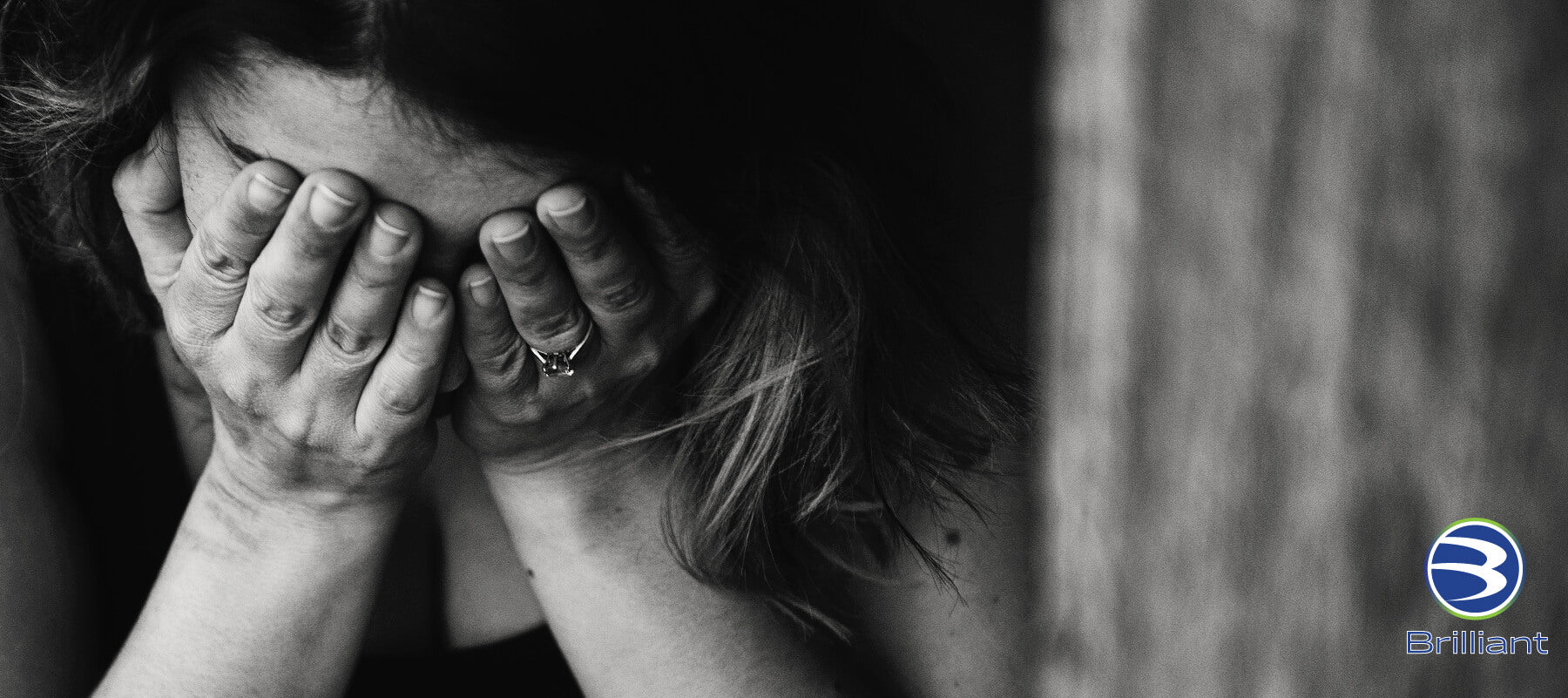- Phone: 1.404.373.4030
- Opening Hours: Mon-Fri 9AM-5PM Eastern

There may be millions “Rocking Around The Christmas Tree” and claiming this as “The Most Wonderful Time Of The Year,” but for others it’s the beginning of an intense time of sadness and depression. It’s not a personal distaste for the holidays or dread of a new year (though some do experience those feelings), it is clinically classified at SAD, Seasonal Affective Disorder, and it is very real to those who suffer from it. The National Mental Health Institute describes Seasonal Affective Disorder as a type of depression that is classified by a seasonal recurring pattern. On average, over 10 million adults in the US are affected by SAD at least once in their life with women 4 times more likely than men to experience this form of depression. SAD is categorized by a change in feelings, moods and behaviors due to the change in seasons. A large quantity of SAD cases come from the change of temperatures and shorter length of daylight hours in the fall and winter. SAD usually comes and goes at the same time every year. There’s a lot to unlock about this disorder and we will take a look at the symptoms, types, and treatments for Seasonal Affective Disorder.
Seasonal Affective Disorder has many symptoms, some may experience one or more, all or even different ones than the following, but this is the collective majority.
There are two classifications of SAD, the majority of people experiencing the fall and winter times.
Less daylight and sunlight hours in the fall and winter can cause a biochemical imbalance in the brain, throwing off the circadian rhythm which can cause people to fall off their normal schedule. A lack of sunlight hours or exposure to the sun can also cause a drop in levels of vitamin D, dropping serotonin levels that can result with changes in mood and normal patterns of those that suffer from SAD.
As we approach Holiday Season 2020, it’s more important than ever to take measures to combat SAD before it even starts. The pandemic and current state of Covid-19 as it continues to spread across the nation, and the globe, is going to make those that suffer from Seasonal Affective Disorder feel twice the weight (if not more) this year. Already forced to be at home or at least not in large crowds or groups has people feeling isolated away from friends and family. Our hope is this: humanity has suffered numerous crises, world wars, and pandemics before. Like how SAD affects people for a SEASON, this too is a season, not a permanent state of life. Seasons come but they never last forever, they have an end, so too will this time of pandemic. Cling to what and those that bring you joy, find new ways to tackle the monster that is SAD, and remember life is a gift, not easy at times, but very much worth living. Stay focused on what you are passionate about and never be afraid or too guarded to ask for help. Everyone needs help sometimes with something. If you find yourself in despair and unable to continue, know that you are not alone. You can always find help. The National Suicide Prevention Hotline is 1-800-273-8255.
© 2020 Compac Industries. All rights reserved.
This article is intended to provide an understanding of and knowledge about “health topics” as expressed through the perspective and research of the author. It is not intended to be a substitute for professional advice or counsel, including the diagnosis or treatment of any condition. Always seek the advice of your qualified healthcare provider with any questions you may have regarding a medical condition, illness or treatment of any listed or non listed situation above. By using this site, you signify your assent to our Terms and Conditions.
Sources:
https://www.nimh.nih.gov/health/publications/seasonal-affective-disorder/index.shtml
https://compasswholehealth.com/january-the-most-depressing-month-of-the-year/


DISCLOSURE: Noelle Copeland RDH is an Oral Care Specialist and Dental Consultant who provides content

DISCLOSURE: Noelle Copeland RDH is an Oral Care Specialist and Dental Consultant who provides content

We believe that all people are fearfully and wonderfully made and designed in the womb for a grand purpose.
Useful Links
Copyright © 2023 Compac Industries | All Rights Reserved.